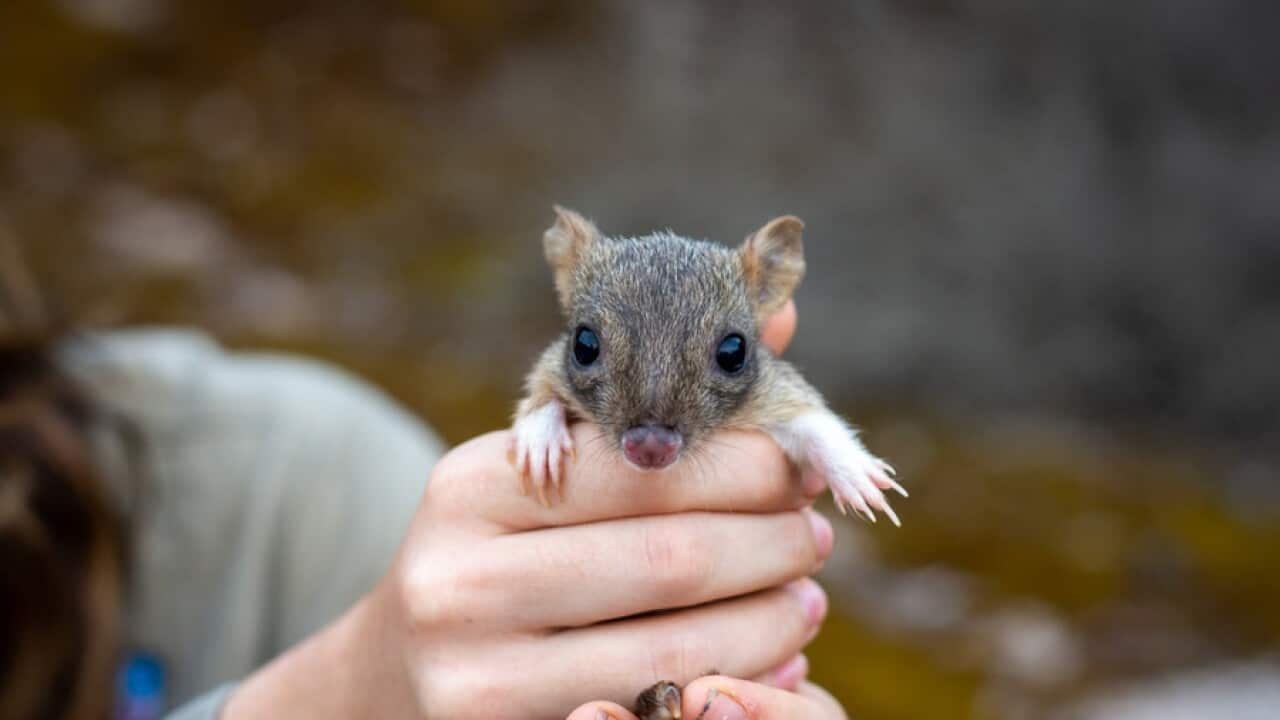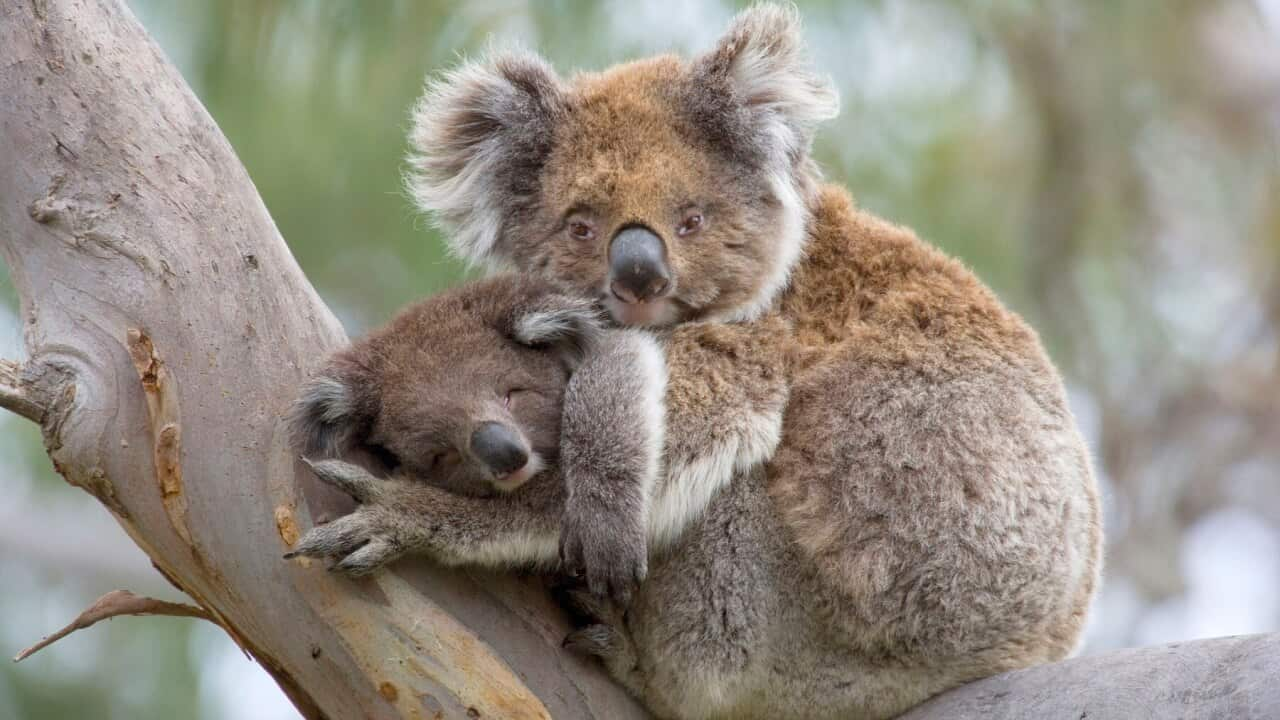The brush-tailed bettong is not among the most well-known marsupials in Australia, but that doesn’t make it any less important.
“These animals are a totem for our people,” Narungga ranger Aaron Smith told The Point.
The bettong was once found across most of the continent, but introduced predators and habitat loss decimated the population after colonisation.
Thanks to the work of Mr Smith and others, the tiny animal has been successfully reintroduced to the Dhilba Guuranda National Park on South Australia’s Yorke Penininsula.
The rehabitation is part of a program run by the Northern and Yorke Landscape Board, the SA Department for Environment and Water, Narungga Nation Aboriginal Corporation and WWF Australia, known as 'Marna Barnggara'.

Narungga ranger Aaron Smith says he's proud to have been part of the the reintroduction of bettongs to South Australia.
“I know it makes our community members really proud,” he said.
“[For] the visitors that come to the park, having the opportunity to see a bettong in the wild, it’s just an awesome experience.”
Soil engineers
A group of , just off the coast of South Australia, to the mainland in 2021.
This year those animals were joined by another group of 80, with half of those coming from Western Australia, where they’re known as Woylies.
Kneeling in the dirt at one of the campgrounds in the national park, Mr Smith pointed out the animals’ diggings.
While foraging, bettongs turn the soil in such a way that helps to control a weed called Cape Tulip, which Mr Smith said rangers have been struggling to control for years.

Brush-tailed bettong diggings at Dhilba Guuranda National Pak. Credit: © WWF-Australia / Tim Clark
"Once they’ve gone and got their tucker out of here native seeds will sit in these divots and once it all gets covered over, the bush will do what it has naturally done for thousands of years,” he said.
Our ancestors and the spirits of our Old People would be happy about this.Wadandi man Zac Webb
Narungga Nation Aboriginal Corporation business manager Garry Goldsmith said he’s grateful that Noongar mob could give the animals to his Country.
“Giving up something that they’ve been able to care for... as custodians, it’s a big thing. It’s like giving part of yourself away.
"So it was really endearing for our Countrymen over there to give us something to bring new life to our Country."
But Wadandi man Zac Webb said it was an honour to help Narungga people to reintroduce the bettongs.
“Just for our family to be able to help out another family we feel as though that’s our responsibility,” he said.
“Our ancestors and the spirits of our Old People would be happy about this.”

One of the bettongs released into Dhilba Guuranda National Park.
Monitoring records first birth in 100 years
Now that the bettongs have been released into the wild researcher, Chloe Frick keeps track of them.
Every morning she's on Narungga Country, she makes the trek to a number of monitoring towers she’s built across the national park, where she can download information about the bettongs’ whereabouts.
Each animal wears a collar, all set on the same frequency, which tells Ms Frick where each animal is, when they’re most active and the other bettongs they’re ‘hanging out’ with.
From what she’s seen so far, Ms Frick said the population is going well, and she’s got high hopes for their future.
“I think you put a bettong on the ground with a bit of fungi underneath and they’ll be happy, they’ll run around,” she said.
“I hope the bettongs that were released last year are ready for some mates but from what we’ve seen they’ve been going really well.
“At the six month trapping we found a bettong that was born on the southern Yorke Peninsula and she had pouch young herself, so we were all really excited.”
That baby bettong was the first born on the Yorke Peninsula in 100 years.
To keep the animals thriving, the rangers have employed an intensive monitoring and baiting program for introduced predators like foxes and feral cats, and have built a 25 kilometre fence.
The fence is about 50 kilometres from the park.
Aaron Smith says these efforts are working - with Tammar wallabies, which were reintroduced in 2004, increasing in number, along with several other native species.
“We’re seeing animals come back that we’ve never seen in the park before,” he said.
“I’ve got locals in the Marion Bay community just outside the park who’ve lived here almost all their lives and never seen a goanna and in just one year they’ve seen five goannas.”
Tune in to The Point at 7.30pm Tuesday, or later on SBS and SBS On Demand.












